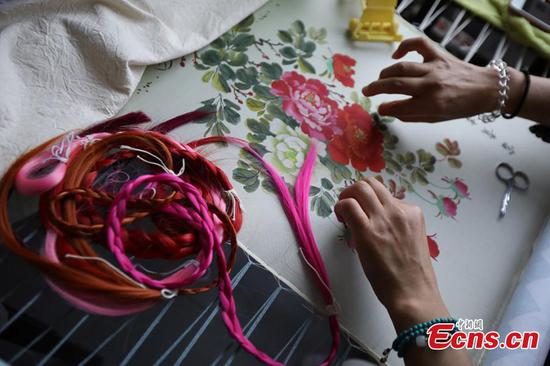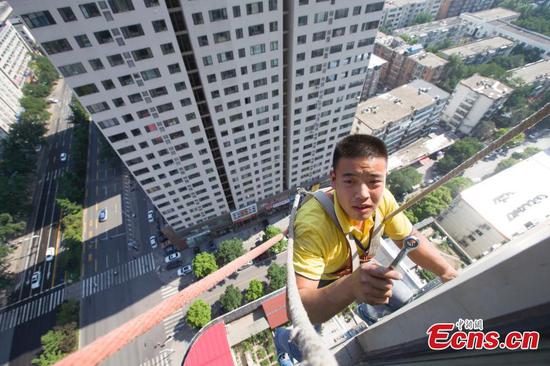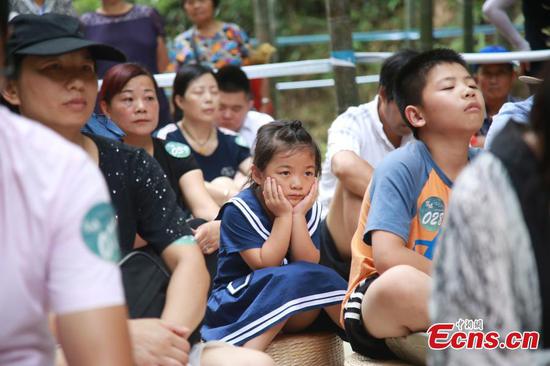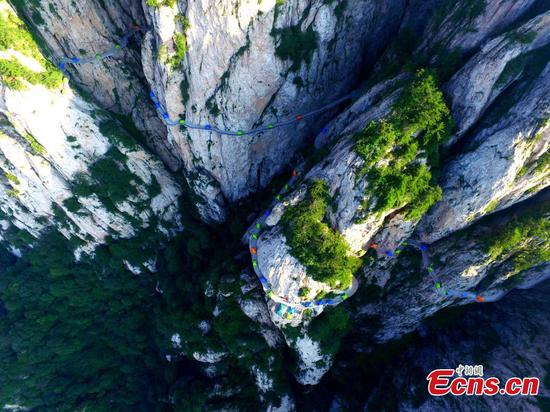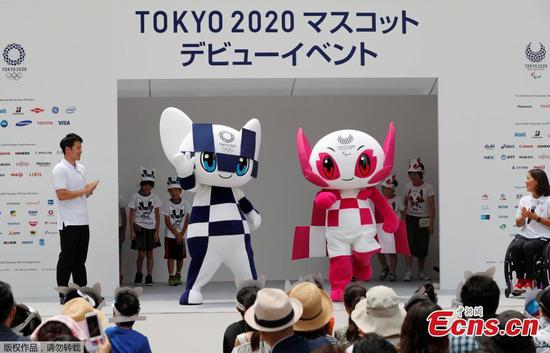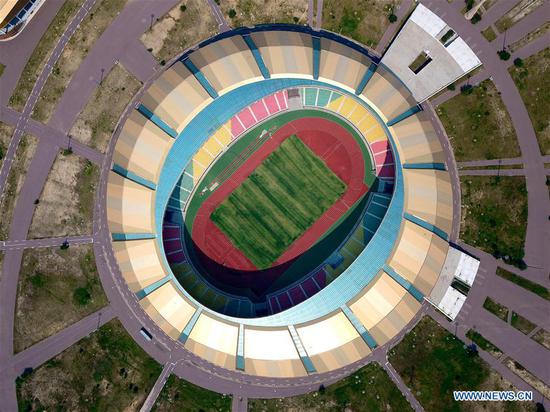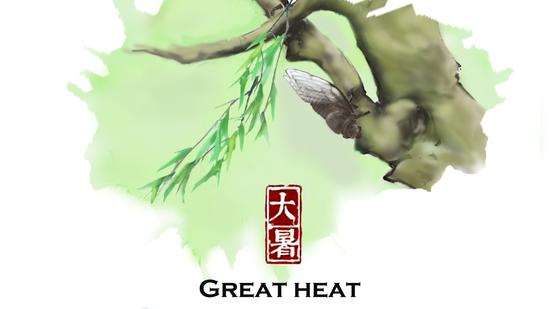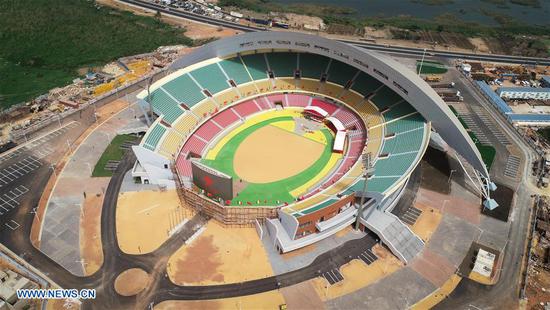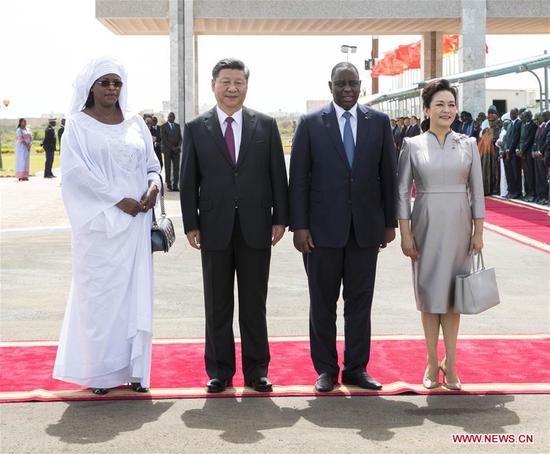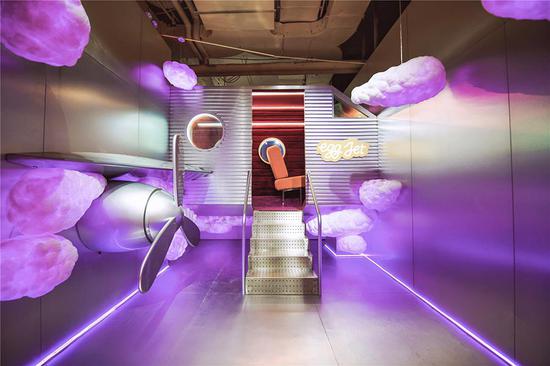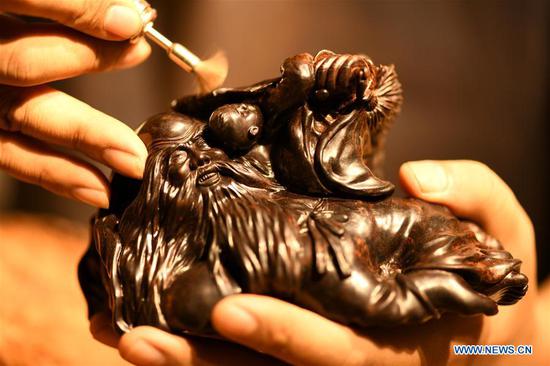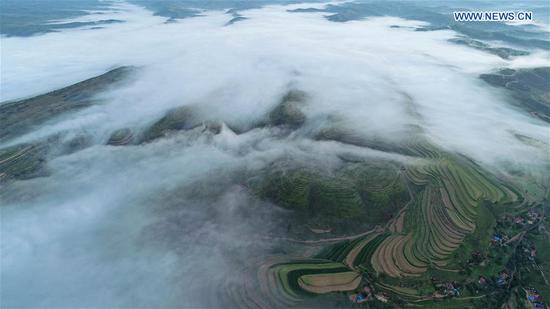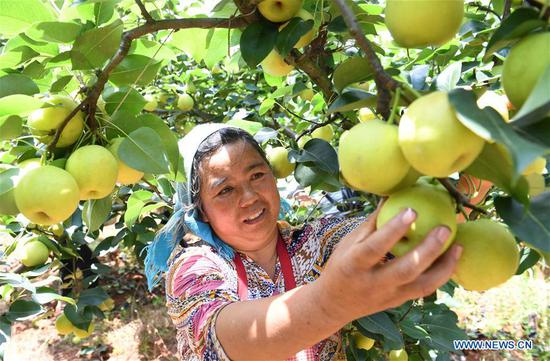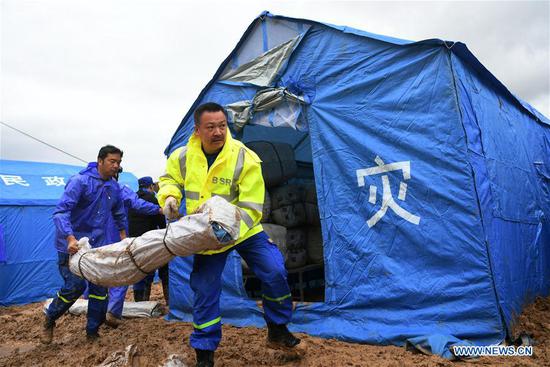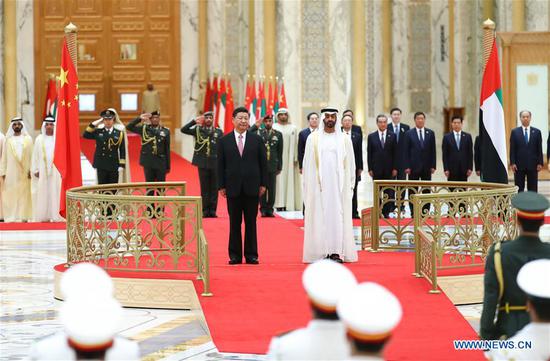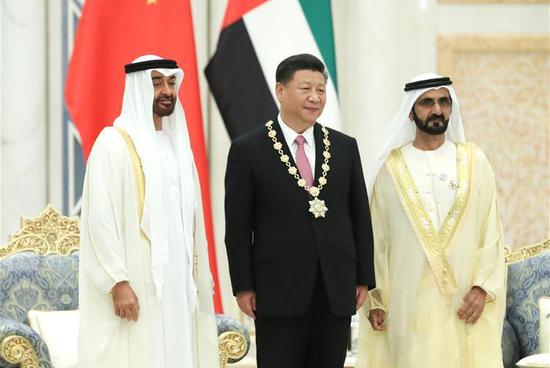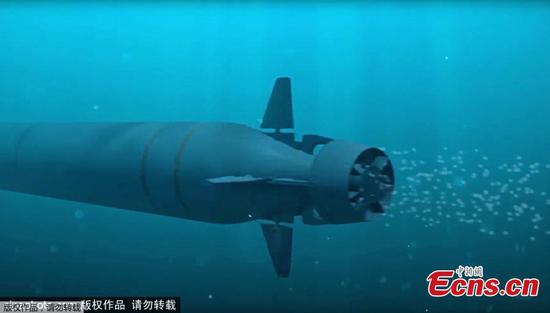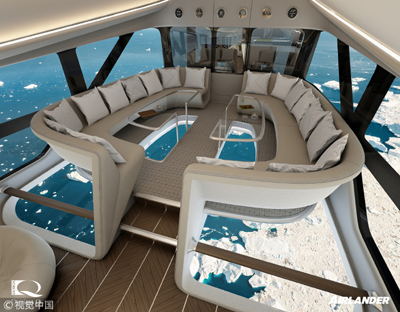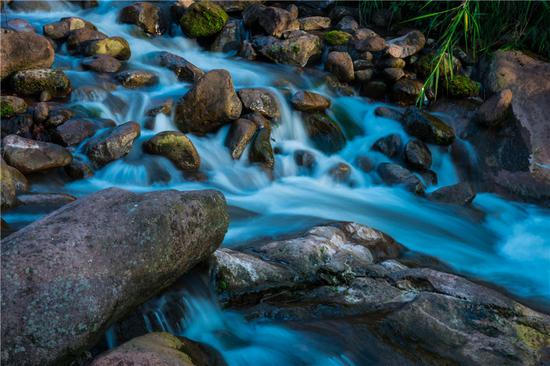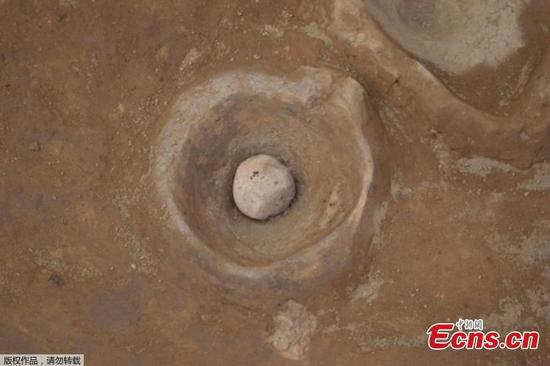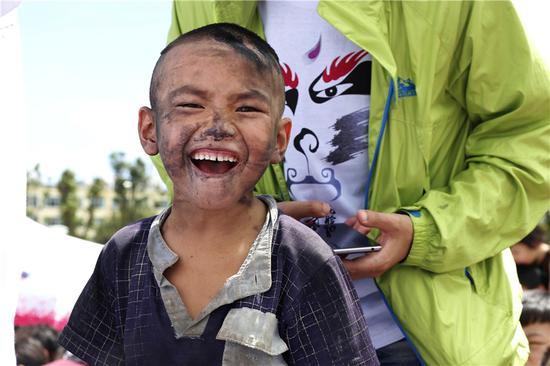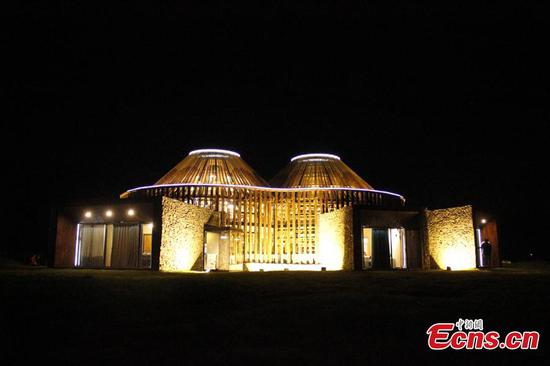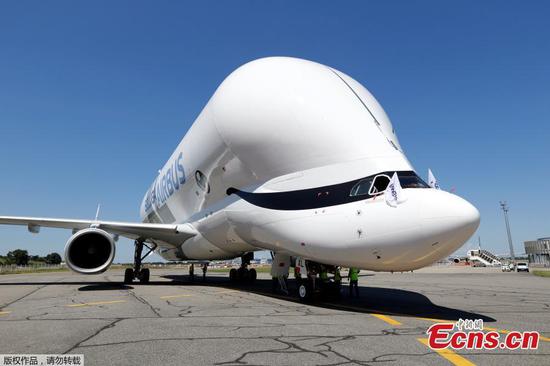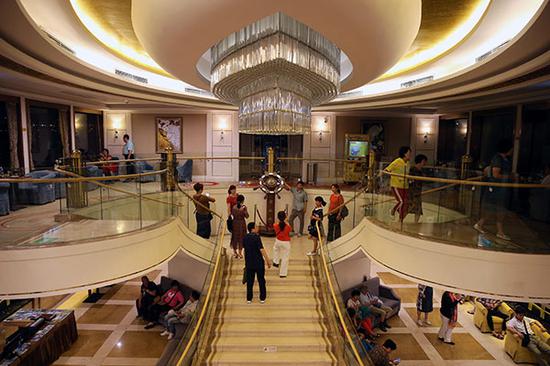
Tourists pose for photos in the ship's elegant stateroom. (Photo by Wang Zhuangfei/China Daily)
Spurring reorganization
Zhu from the navigational affairs administration, was equally positive about the development. "It's like natural selection. Most of the ships being dismantled were built in the 1990s, and originally used to carry cargo," he said. "The policy will help to reshape the river's travel market and spur business reorganization."
Phasing out the old-style ships accords with measures to protect the river's ecosystem, and will also further the development of the Yangtze River Economic Belt, which covers 11 provinces and municipalities, including Hubei, Chongqing and Shanghai.
In recent years, the river has been exposed to industrial pollution, agricultural runoff and excessive exploitation of resources.
Gu said his company has two new cruisers under construction. They are being built to comply with the highest environmental standards, and state-of-the-art technology will help to reduce pollution. They should be operational by 2020.
"They will be equipped with electric motors to reduce noise and vibration. Zero-discharge technologies will be applied to wastewater and garbage disposal, and waste that does not decompose will be solidified and processed after docking," he said, adding that each vessel cost 1.5 times more than the company's other ships.
The industry is also looking to broaden its appeal to younger people.
At present, seniors account for nearly 90 percent of passengers on river cruises, according to Lyumama, the online travel agency.
Xu Xiaolei, chief brand officer of China Youth Travel Service, said: "River cruises are much more attractive to seniors than to younger people. The entire journey is spent on the ship, so people don't need to change vehicles during the trip, which reduces the physical and mental burdens on elderly travelers."
He added that the number of teenage visitors attending summer camps held on cruise liners rose last year, and is expected to continue to grow.









